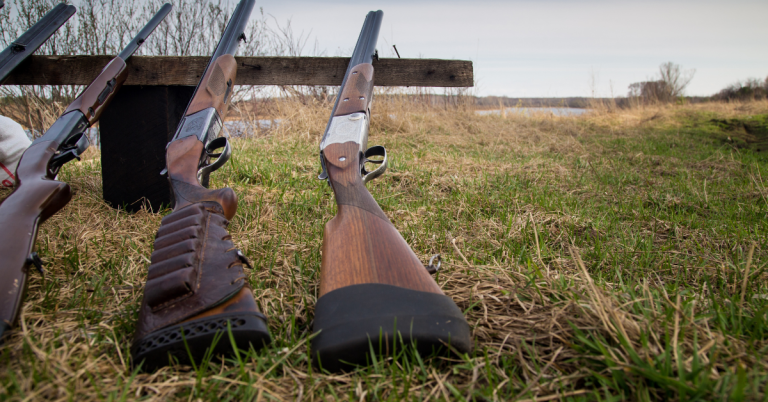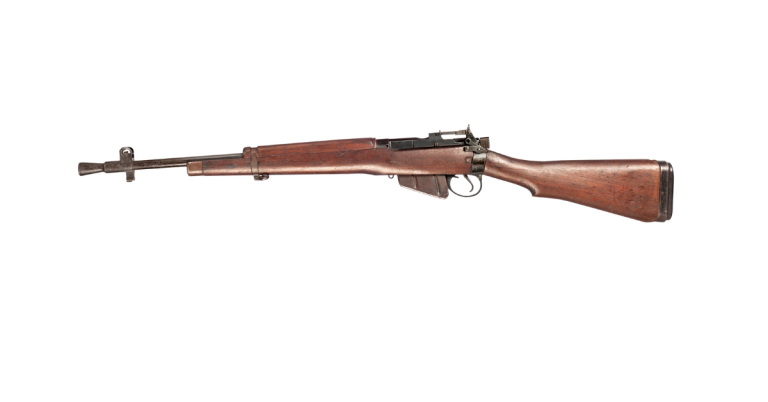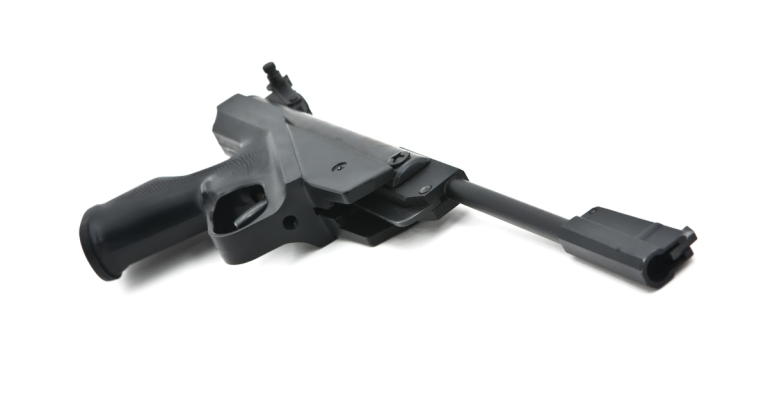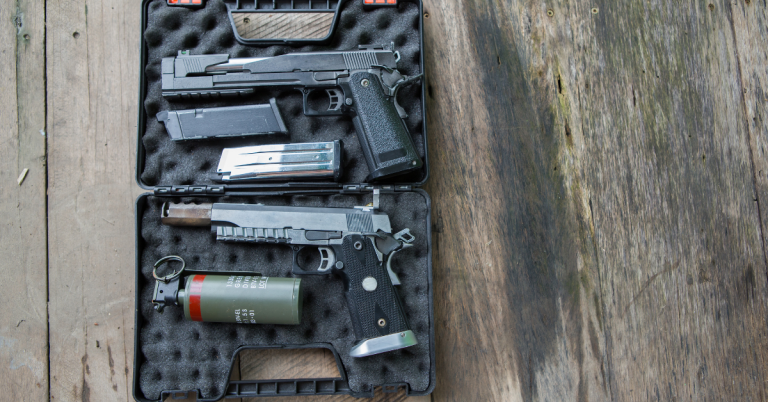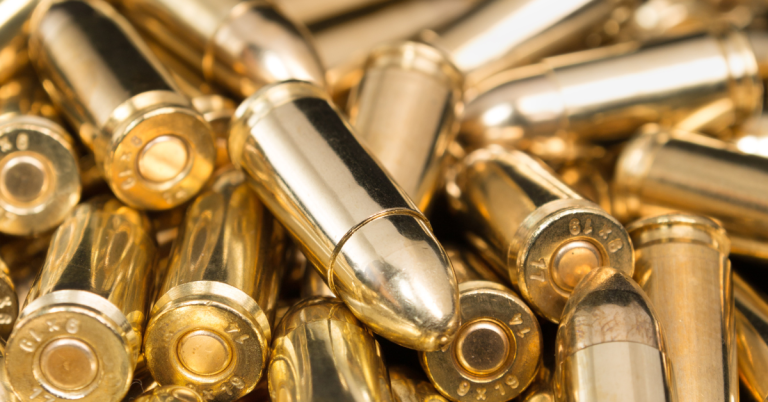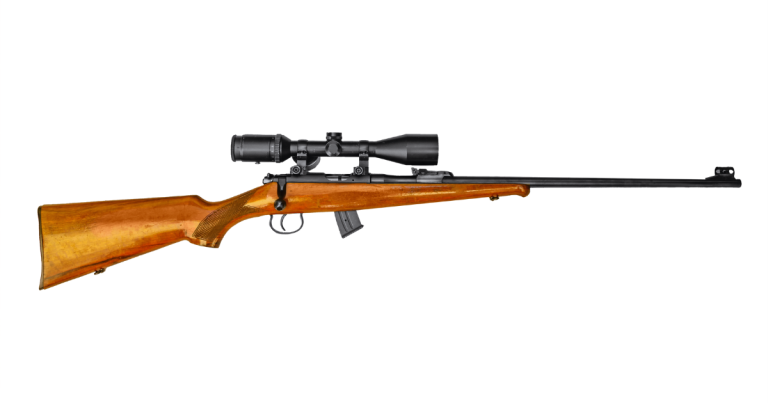How do air rifles work?
1. Internal Mechanics
Air rifles operate on the principle of compressed air or gas propulsion. When you squeeze the trigger, several key steps occur:
- Sear Disengagement: As you squeeze the trigger, the sear disengages, allowing the main spring to decompress.
- Spring-Piston Action: The decompressed mainspring pushes the spring-piston forward.
- Ammunition Acceleration: The piston rapidly pushes the ammunition (usually a pellet) forward. This mechanism characterizes spring-piston air rifles.
Apart from spring-piston rifles, there are two other main types:
- Pneumatics: These rifles use pressurized compressed air stored in a reservoir. A pump pressurizes the air before each shot.
- CO2: These rifles rely on external CO2 gas cylinders (pre-filled) for power. The gas supply needs replacement when exhausted.
2. Powerplant Modules
Powerplant modules play a crucial role in an air rifle’s operation. They create pressure for firing:
- Break Barrel: The barrel is hinged and cocks the gun.
- Fixed Barrel: A stationary barrel with a lever for cocking.
- Underlever: Located beneath the barrel, this type is popular in air rifles.
- Overlever: Not commonly found in air rifles.
- Sidelever: Located on the side of the receiver.
3. Temperature and Velocity
The molecules within the air rifle have mass, producing motion and kinetic energy. Higher temperature results in greater velocity during firing. Remember that safety and responsible use are essential, even with non-lethal air rifles.
In summary, air rifles combine precision engineering, pressure, and mechanical action to propel pellets accurately. Whether you’re plinking targets or hunting small games, understanding these principles enhances your shooting skills.
FAQs
What is the difference between a single-stroke and multi-stroke pneumatic air rifle?
Single-stroke pneumatics require one pump to charge the air chamber, which is convenient but typically offers less power. Multi-stroke pneumatics can be pumped multiple times to increase power for the shot.
How does altitude affect the performance of CO2 air rifles?
CO2 air rifles can be less powerful at higher altitudes due to reduced air density, which affects the CO2 gas expansion and, consequently, the pellet’s velocity.
Can I use any type of oil for lubricating my air rifle?
It’s important to use oils specifically designed for air rifles, as other types of oil can damage the seals or even be dangerous if they combust under high pressure.
What maintenance is required for the different powerplant modules?
Break barrel rifles need regular lubrication of the hinge and seal checks. For PCP rifles, ensure the air reservoir is free from moisture and debris. CO2 rifles require seal inspections and occasional replacement of CO2 cartridges.
How do I safely dispose of used CO2 cartridges?
Used CO2 cartridges should be completely empty before disposal. Check with local waste management services for proper disposal methods, as they may be recyclable.

